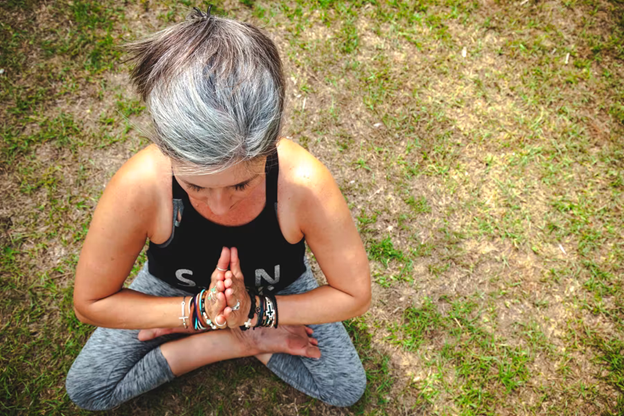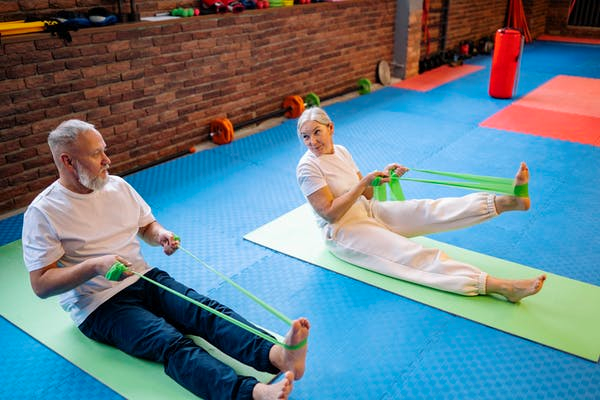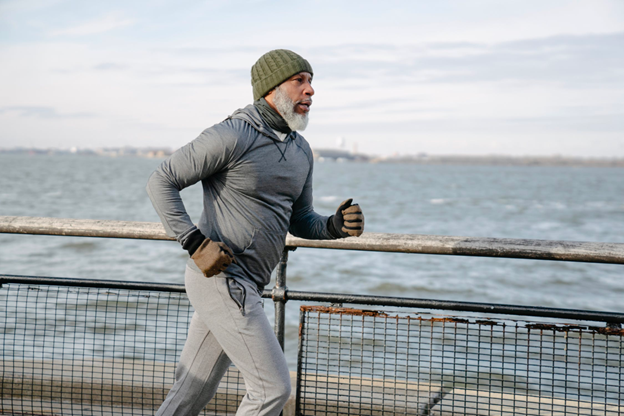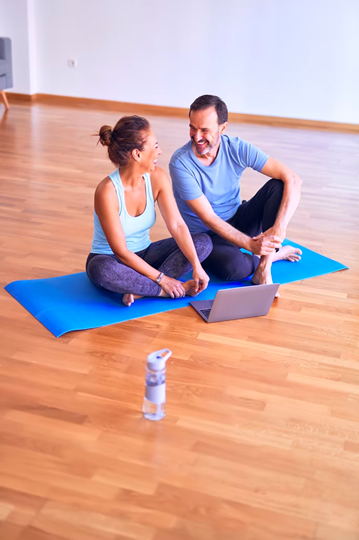Working with older clients is one of the most rewarding experiences but also incredibly challenging because it comes with a host of limitations and requires a unique focus on multiple facets of their overall health and well-being.
Here are some tips and insights on how you can improve your practice as a personal trainer who specializes in fitness for senior clients:
Put your personal skills in full gear when dealing with them
The first and foremost rule in dealing with senior fitness clients is to up your interpersonal and people skills. It’s something that far too many of us are capable of forgetting about and almost guilty of. It may be a tougher crowd than you’re used to, especially when it comes to their queries, concerns, or even general attitude and demeanor. Senior clients may not have the same level of patience, energy, or alertness as younger clients do, and that’s something you’ll learn about in your training. However, it’s something you need to actively work on and practice as a trainer.
Do a complete assessment of their fitness levels
Before you devise any plan or start a new regimen, perform a complete assessment of their fitness levels and evaluate where they stand at present. This gives you a complete overview and insight into what they’re capable of at present, where they’re struggling, and what needs more focus and effort to achieve.
A fitness assessment is a necessary step before working with any client and should be something you carry out for every client as a way to gauge their current health status as well.

Set definitive, realistic goals together with them
Another important step to carry out and complete with each client is setting definitive, realistic goals together. There are goals that you should be setting yourself and goals that your clients or their healthcare providers also decide together. Perhaps the goal could be getting them to a healthy, safe body weight or improving their vitals such as blood pressure or cardiovascular health. The goals need to be realistic, attainable, achievable and suited to their needs.
Once you have training goals and plans set out, it’ll be easier to design a regimen for them and create a plan that benefits them with maximum optimization. A pro-tip would be to set the goals together with them since that will keep them involved and motivated to perform better, feel a deeper sense of accountability, and more commitment to their overall health.
Start with more dynamic, compound movements
When you’re training older adults, it’s important to remember that you’re not going to have them jump right into hardcore exercises from the get-go. Neither will you have them on boot camp regimens and intense workouts that push them to the limit. Instead, focus on dynamic compound movements such as lunge + bicep curls or shoulder raises + squats. This works more of the body and its muscles, building their overall strength and fitness rather than thrusting them into intense isolated moves.
Over time, as they build strength and their muscles develop, you can encourage them to isolate muscle groups or body parts, such as upper body vs lower body, and continue to work on those. It makes a lot more sense to do that than to start them off that way.

But be accepting of less than optimal performance
However, as a fitness professional, you need to know that you can’t expect perfect performance, strength, and output from your senior clients either. Their age, health conditions, prior experience or lack thereof can all put a dent in their athletic abilities and should be factored in while training.
You cannot expect perfect form, non-modified movements, a full range of motion, or mobility from them. It’s not fair and not the same as working with younger clients. There’s also the fact that many senior fitness clients may have health conditions such as arthritis, osteoporosis, inflammation, and many more that inhibit their ability to perform movements as expected. You have to dial back your expectation and demands and make a reasonable call as and when needed.
Don’t be afraid to make them work with heavier weights
And one of those calls you’ll make as a trainer is the type of weights your clients will lift. Don’t be afraid to push them to lift heavier (within a reasonable limit) and consider the benefits of progressive overload. You don’t need to start them off at 10 lb. weights, but maybe higher than 2-3 lbs. is a good place to begin.
As they build strength, you can continue adding more weights. This is an important step because it helps combat their own preconceived notions of their existing fitness and strength levels, works their muscles adequately, and helps strengthen bones and joints when done correctly. Lifting weights also helps with heart health and more.

Think of yourself as their gateway to fitness and exercise
Lastly, don’t be in a rush to dismiss their concerns or questions. The first thing we addressed are your people skills and sociability as a senior fitness specialist, but you have to reorient yourself and your role. You are a gateway to fitness for many of these individuals who might not have prior experience, and sharing as much knowledge, detail, and information as you can will benefit them and improve their adherence.
Learn how to best help your clients through professional exercise Instructor certification in senior fitness through WITS Education. They offer an extensive range of Continuation Education Certifications (CECs), which enable trainers to upgrade their skills to the latest practices and receive multiple fitness trainer certifications. Contact them to find out more about their certifications.





